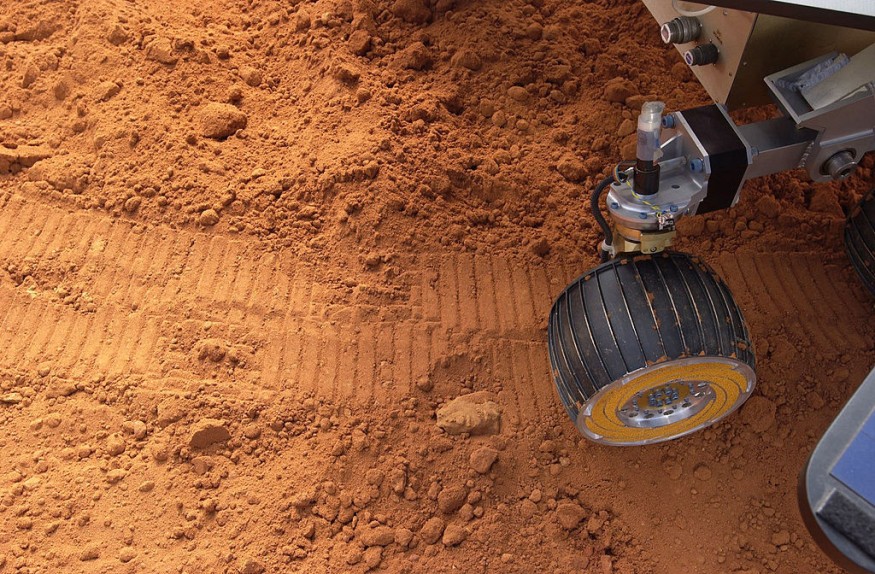Things have been improving slowly for NASA and the European Space Agency's (ESA) Mars sample selection project. The two organizations have been progressing to the next step of the mission following last month's independent assessment acceptance for preparedness.
NASA has approved the Mars Sample Return (MSR) initiative for advancement to Phase A, including planning to get the sample back from the Red Planet.
At this point, key program technology will be established, and critical design decisions will be made, apart from the review of business collaborations.

Mars mission's latest progress
The Mars sample collection program is part of a larger, decade-long Mars project under which NASA and ESA seek to explore the Martian planet and check any traces of existence that could once occur on the planet.
This, the agencies conclude, will bring us further to grasp the origins of existence on Earth itself. Rock samples were obtained from our neighboring world for this research and carried down to Earth.
The mission began in July this year when the Mars 2020 Perseverance Rover was launched into orbit by NASA. In February next year, the rover is expected to land on Mars, where it will be trying to discover evidence of microbial existence that may once have flourished on the Red Planet. Also fitted with a robotic arm with a coring drill is Perseverance, a car-sized rover.
It will reach through the soil with the aid of this drill, during which rock and regolith samples can be obtained from Mars and sealed in sampling tubes. After that, it may either internally store these samples or leave allocated locations on the surface of Mars for them.
Next measures following the selection of samples
NASA and ESA will provide components for the Sample Recovery Lander and Earth Return Orbiter missions as the rover focus on extracting samples and stowing them away. The organizations are expecting in the second half of the decade to begin these two missions.
A rover to fetch the sample and an ascent vehicle will compose of the Sample Retrieval Lander. The rover would take the samples deposited on the surface of Mars by Perseverance and deliver these samples to the land. At the same time, Perseverance would also bring collection tubes to the lander if necessary.
Once the selection tubes were transported to the lander, they will be embedded in the ascent vehicle by his robotic arm. Once the samples have been sealed, the scheme will then take flight from the Martian soil.
The device will reach the Earth Return Orbiter when circling Mars, where the latter would take the enclosed container containing the samples and put them in a capsule of confinement to carry them down to Earth in the early years of the next decade.
NASA and ESA are getting the samples back so that scientists from all around the world can research them using specialized instruments that, at least as of now, can not be brought to outer space. Also, these samples may be analyzed for potential generations utilizing methods that are not even used yet.
This role is close to what Apollo accomplished when it carried back samples from the Moon decades earlier so that scientists could research and theorize about the Red Planet.
Check out more news and information on Space on Science Times.











